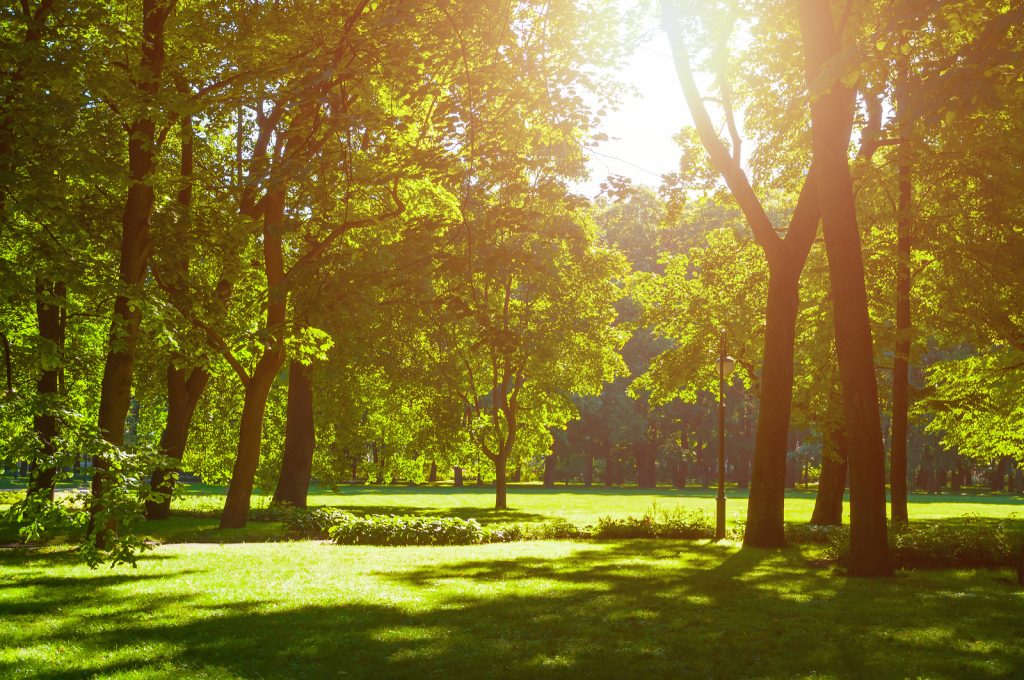If you’ve brought a living Christmas tree into your home, you’ll need to take proper care of it. Otherwise you may have to witness it’s death and decay right in your home! Luckily, keeping a cut tree alive indoors is not extremely complicated. At the same time, there’s some bad information out there about what your tree needs, so let’s clear a few things up:
Cutting Your Tree
When the tree’s going to be stored more than a couple days, put the trunk in water and store it in a cool, shaded and protected area like an unheated shed or garage.
If the tree was harvested within the last 12 hours, it’s not necessary to recut the trunk before putting it in water. After longer than 12 hours, the trunk needs recut for maximum water uptake.
Cutting off a disk of wood about ¼” thick from the base of the trunk is all you need. Make the cut perpendicular to the trunk. Not at an angle or in a v-shape. Those fancy cuts make it far harder to steady the tree in the stand and reduce the amount of trunk submerged in the water.
Don’t drill a hole in the trunk to try to help it hydrate, this only hurts the tree.
Using Tree Stands
A tree stand needs to provide at least 1 quart of water per inch of stem diameter. For most Christmas trees, the treestand should hold at least 1 gallon of water.
Make sure your tree stand is big enough, not that your tree trunk is small enough. Don’t whittle down the sides of the trunk to fit a stand. The outer layers of wood are the most efficient in taking up water and should be retained.
Check the stand daily to make sure that the level of water is above the bottom of the trunk. Many stands will still be holding water even when the base of the tree is no longer submerged.
Hydration and Watering Christmas Tree Care
A cut tree will absorb a surprising amount of water, particularly during the first week, so replenish the water daily.
Displayed trees suffer when they’re near sources of heat like fireplaces, heaters, heating vents, and direct sunlight. Lowering the room’s temperature will slow the drying process, reducing the amount of water the tree needs.
Cold, cool, lukewarm or even very warm water are all fine and won’t affect the tree’s ability to hydrate.
Check your tree daily for dryness. It’s easy to run your fingers across the needles to see if they’re dry or brittle. If they break or fall off easily, the tree is dangerously dry and should be taken outdoors away from the house.
A well-cared-for tree will reliably remain fresh at least three to four weeks before becoming too dry.
Don’t Get Too Creative
Anti-transpirants for Christmas trees won’t help you much at all, even though they may technically reduce some evaporation, it’s not enough to make your tree last longer indoors.
Adding water-holding gel products to the stand reduces the amount of water available to the tree, making it a pretty bad idea.
Don’t use additives in the water. No floral preservatives, commercial tree preservatives, molasses, sugar, bleach, soft drinks, aspirin, honey, or anything else. Clean water is what trees want to drink, and how you’ll get the best results.
Flame retardant products can give flame retardance while reducing your tree’s ability to stay hydrated, losing the advantage they gained.
 Bringing Sexy Back Into Your Yards
Bringing Sexy Back Into Your Yards 